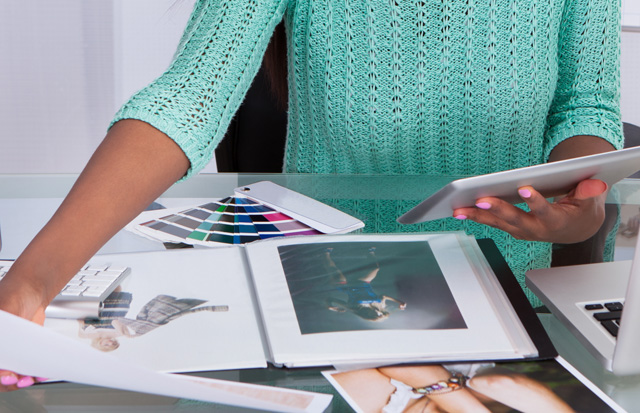 A computer is an important tool for digital photography. As well as being able to correct mistakes, photo editing software allows you to create unique digital images. This article offers tips and advice for choosing the best computer for digital photography.
A computer is an important tool for digital photography. As well as being able to correct mistakes, photo editing software allows you to create unique digital images. This article offers tips and advice for choosing the best computer for digital photography.
Purists may argue that good photographers shouldn’t need to use photo editing software, but it’s become a key part of the creative process over the past decade. As well as correcting mistakes, photo editing tools can be used to create unique and exciting images which wouldn’t be possible in film photography. The rise of the digital darkroom means that choosing the right computer for digital photography is almost as important as choosing the right camera.
Do 1440p Monitors Really Make a Difference?
Everything You Need to Know About RAM and How Much RAM is Enough
One of the first decisions is between a laptop and desktop computer. The portability of a laptop may suit your lifestyle, but desktop computers generally have a higher specification for the money. A large screen can be useful for the digital photographer, and a desktop machine gives you the flexibility to upgrade to bigger and brighter screens without having to change your computer.
Many digital artists claim that Macs are better than Windows PCs, but it’s really just a matter of personal preference. Photoshop and other photo editing software run the same on both types of machine. Apple’s devices do tend to be more robust when it comes to security, but a PC can be just as safe if you keep your antivirus software up to date.
Digital photographs tend to be large files, so it’s important to choose a computer with sufficient random-access memory (RAM) to avoid the frustration of slow processing speed. Data from applications like Photoshop is accessed randomly, so a computer with at least 4GB of RAM is necessary if you want to work quickly. Advanced tools like Photoshop’s Liquify filters work better with 8GB or more.
The processor at the heart of your machine is another important factor when choosing a computer for digital photography. Intel processors are generally faster than AMD processors, but technology changes very quickly so don’t assume one brand is always better than the other. A quad-core processor will ensure you can upload and process hundreds of images in seconds.
One of the factors some photographers overlook when choosing a new computer is the speed of the hard drive. A faster hard drive makes viewing and saving your images a smoother experience. More expensive machines come with so called ‘Solid State’ hard drives, and these are perfect for digital photography.
Related:How SSDs are Superior to HDDs
A computer capable of supporting more than one monitor isn’t critical for photo editing, but it can make life easier if you need to process high volumes of images. A machine with lower power consumption is worth considering if you need to spend several hours a day working on you images, as this helps to keep electricity costs down.
A good general rule for choosing a computer is to invest in the best you can afford. Photographers usually have a list of new lenses and equipment they want to buy next, but spending a little more on your computer could bring real benefits to your creative art. Speeding up the process of uploading and sorting your images gives you more time to spend on the creative and enjoyable aspects of digital photography.